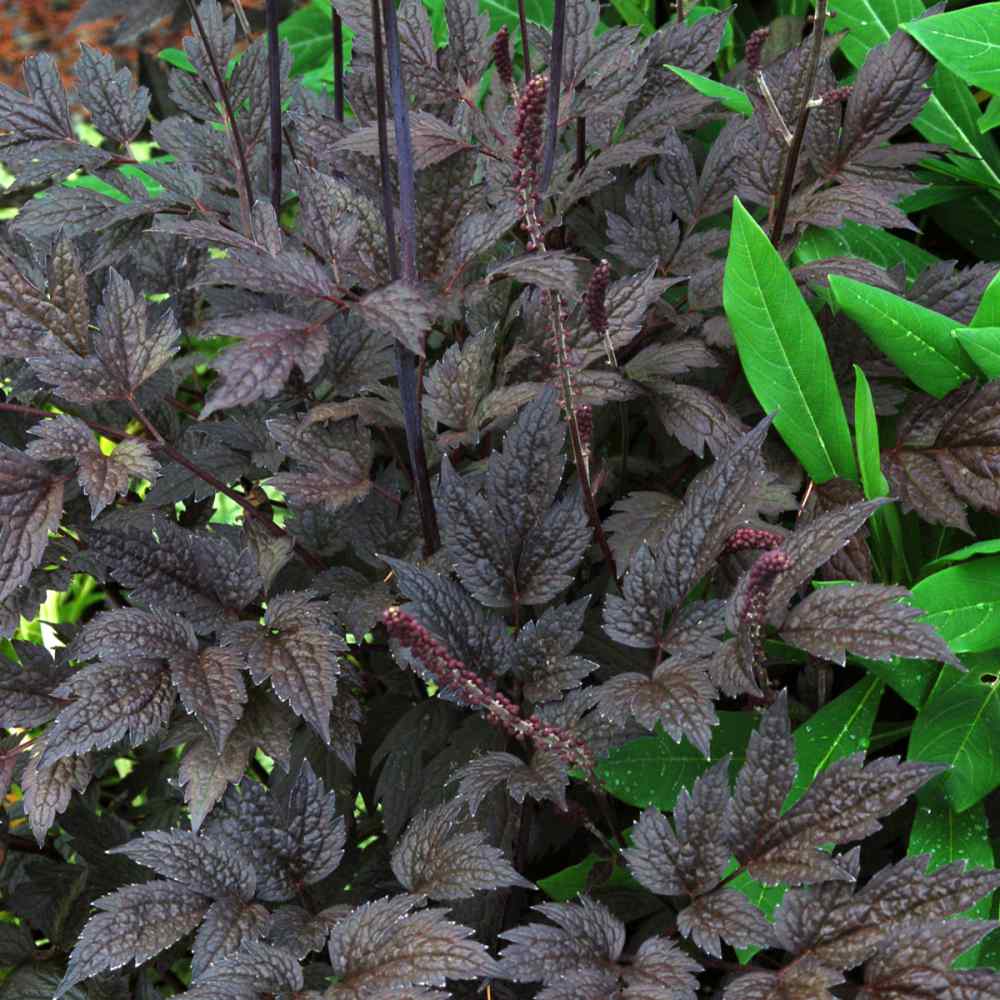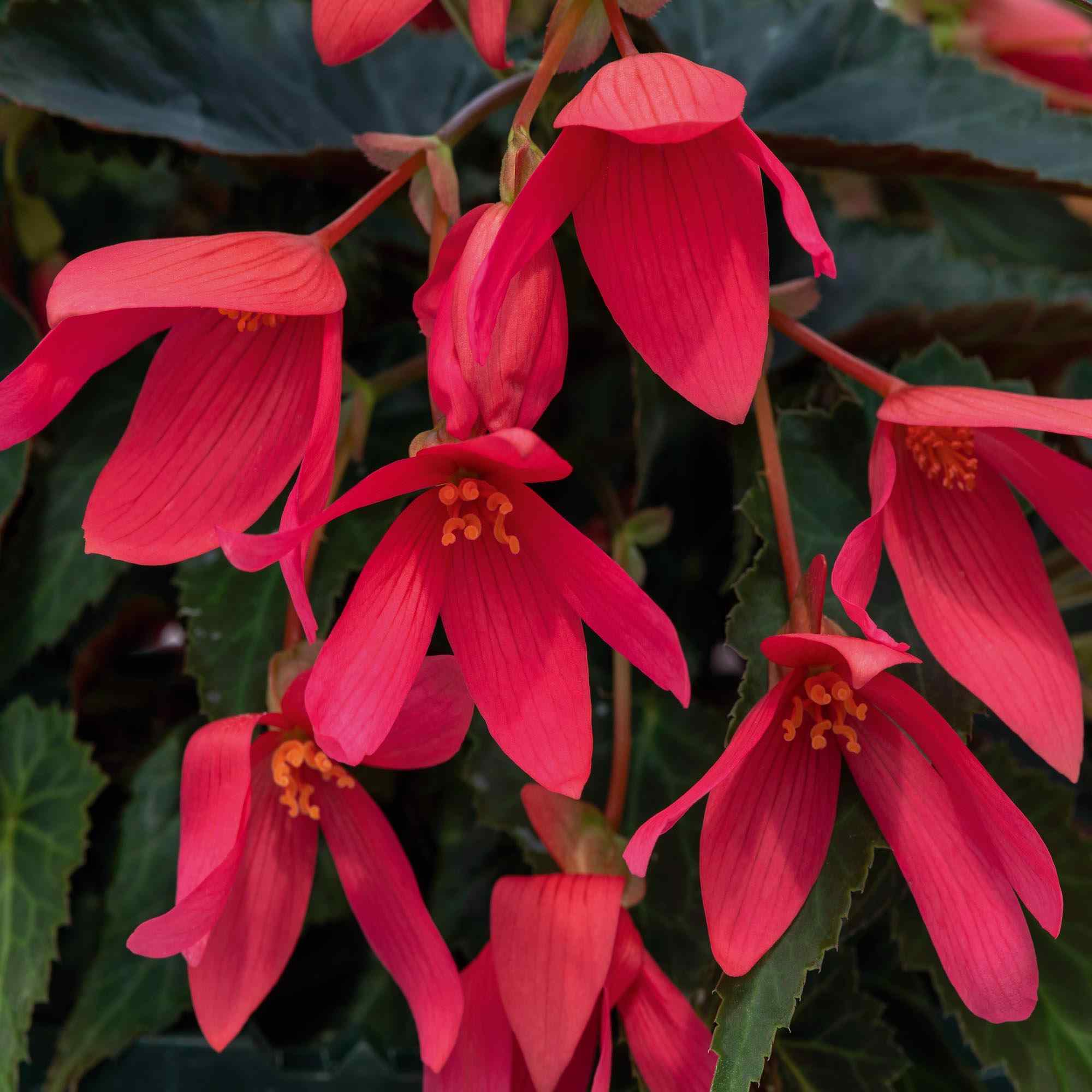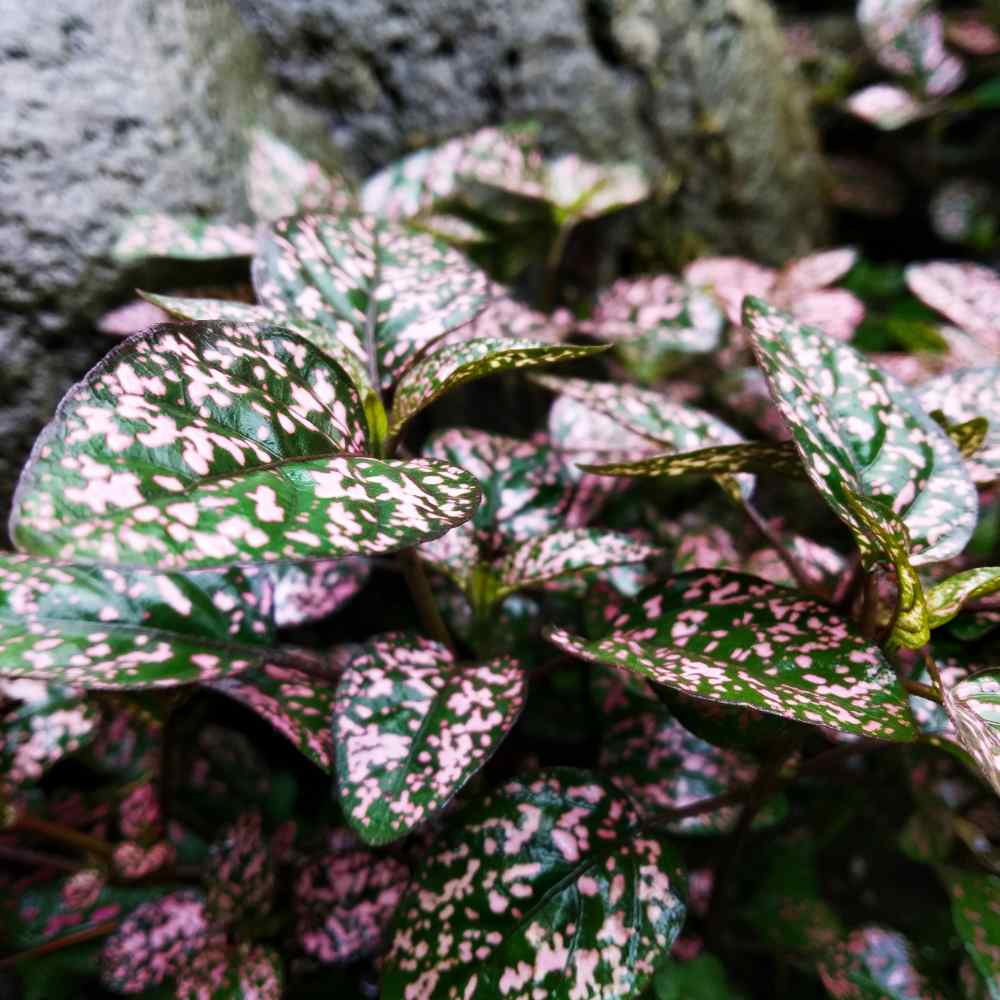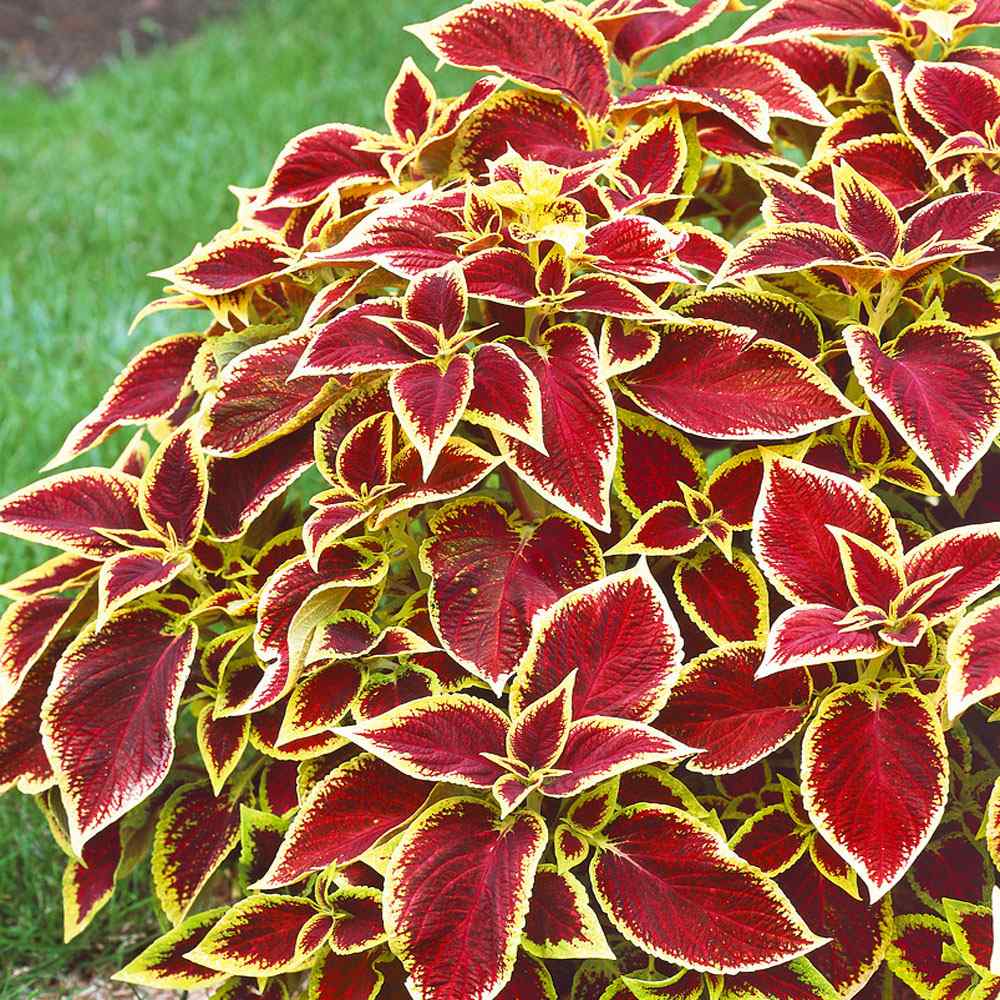
Cimicifuga Planting and Care Guide
Quick Facts About Cimicifuga
Cimicifuga is a unique flowering perennial that features dark purple leaves that contrast nicely with green of the garden. It also produces tall, white flower spikes. Cimicifuga is a rare plant that thrives in the shade.
Planting Time
Cimicifuga seeds should be sown outdoors in the fall, or in the spring if first put through a warm/cold/warm cycle.

Planting Location
Cimicifuga uniquely needs to be planted in partial to full shade. Full shade is necessary in USDA Zones 7 and warmer. Grow in rich, composted soil, ideally under a deciduous tree.
How to Grow Cimicifuga
- Cimicifuga seeds are quite finicky, and require a specific warm/cold/warm treatment in order to germinate. Do this by wrapping seeds in a damp paper towel or mixing with damp soil in a ziploc bag, then keep at 70F degrees for two weeks. Afterwards, refrigerate the seeds for 3 months, and then they will be ready for sowing in warm and bright conditions.
- If starting indoors, do the above, then plant in trays or small pots.
- If sowing outdoors, you can perform the warm/cold/warm process naturally by simply sowing the seeds into a prepared seedbed in the fall, allowing the changing seasons to prepare the seed for spring germination.
- Surface sow 4-5 seeds per plant, and press into soil. Leave uncovered, as light is required for germination.
- Keep seeds moist until germination, which will be erratic depending on how you prepared the seeds. Patience is needed, as some seeds simply may not germinate until the following year.
- Once seedlings have their first sets of true leaves, thin to strongest seedling and plant 2-3 feet apart in the garden or in individual pots.
- Before transplanting seedlings into the garden, it's essential to "harden them off". This involves acclimating young plants to outdoor conditions by placing them in a sheltered outdoor area for about a week. Initially, shield them from strong winds and direct sunlight. If there's a risk of frost overnight, either cover the plants or bring them indoors, then return them outside in the morning. This hardening off method helps strengthen the plant's cell structure, minimizing transplant shock and sun damage.

Care And Maintenance
- Keep weeds under control during the growing season. Weeds compete with plants for water, space and nutrients, so control them by either cultivating often or use a mulch to prevent their seeds from germinating.
- Mulches play a vital role in preserving soil moisture and ensuring consistent soil temperatures. When it comes to annuals, using organic mulch made from shredded leaves not only enhances the appearance of the bed but also enriches the soil as it decomposes over time. Remember to keep mulch away from the plant stems to avoid potential rot issues.
- Cimicifuga prefers rich, moist soil that is neither soggy nor dry. In times of drought, additional waterings may be needed. This plant is especially hardy and long-lived, and doesn't mind frigid winters. Note that potted plants will have less cold-tolerance.
- Maintain an organic compost around the plant, and perform minor pruning in the spring.




































